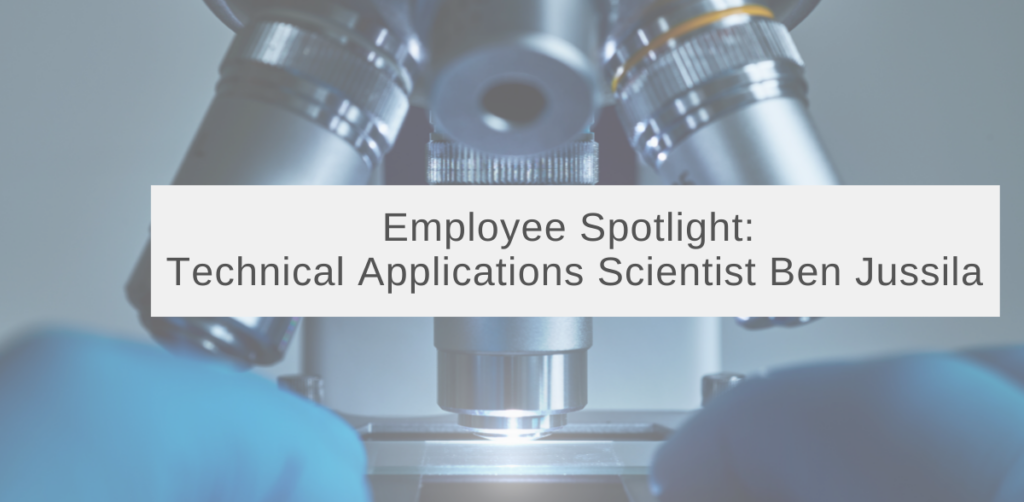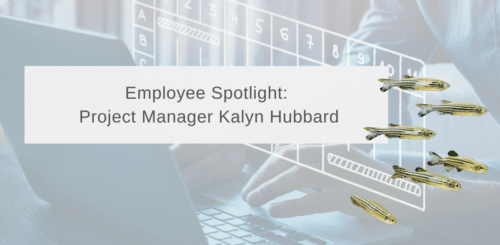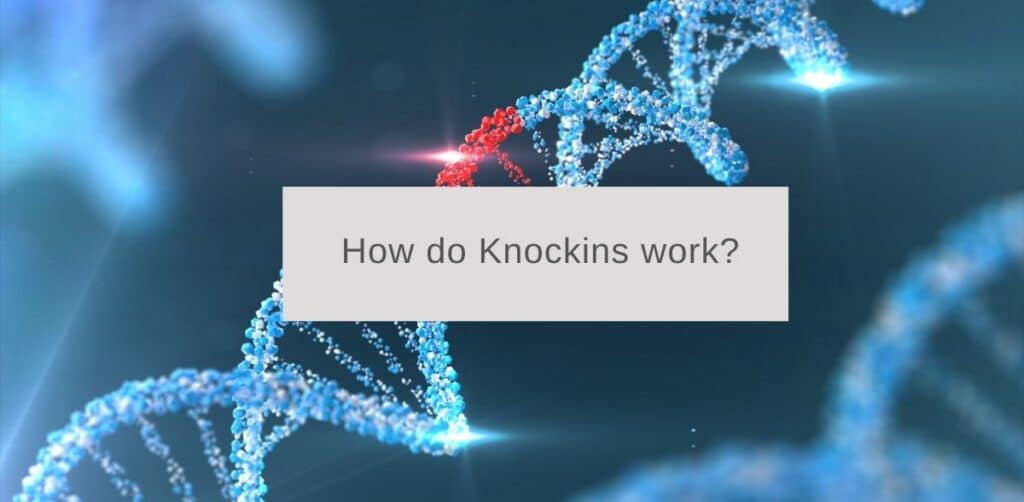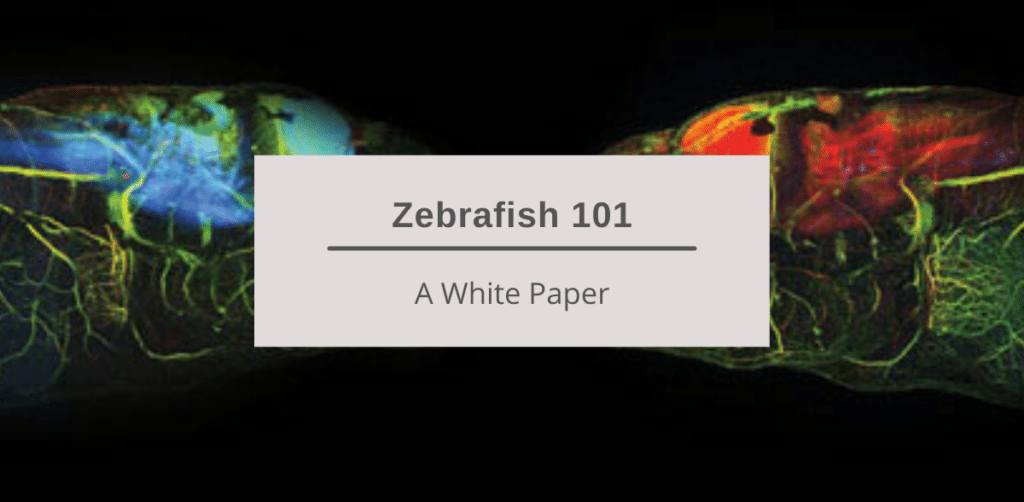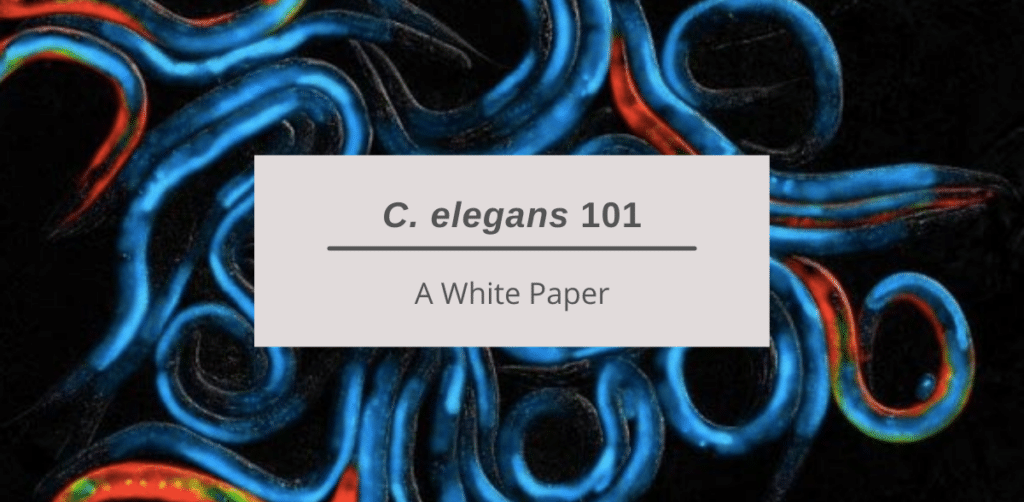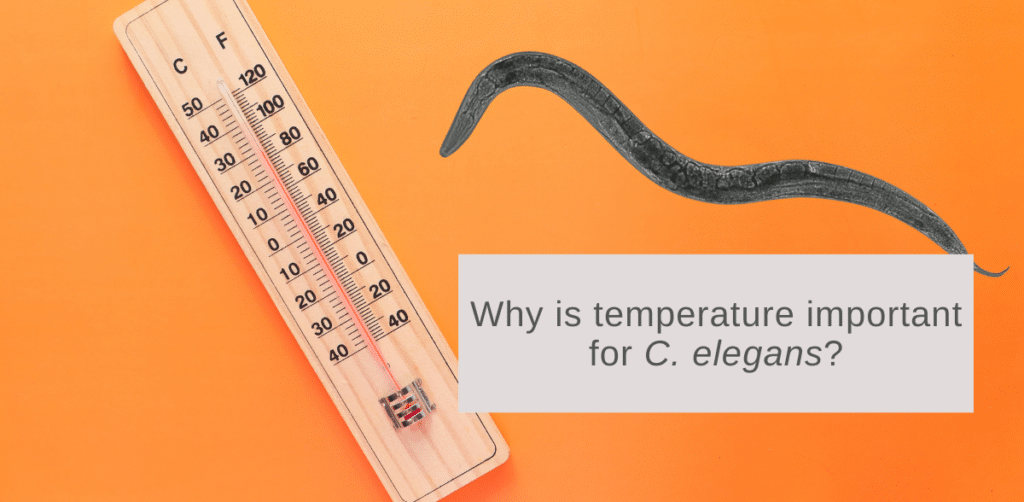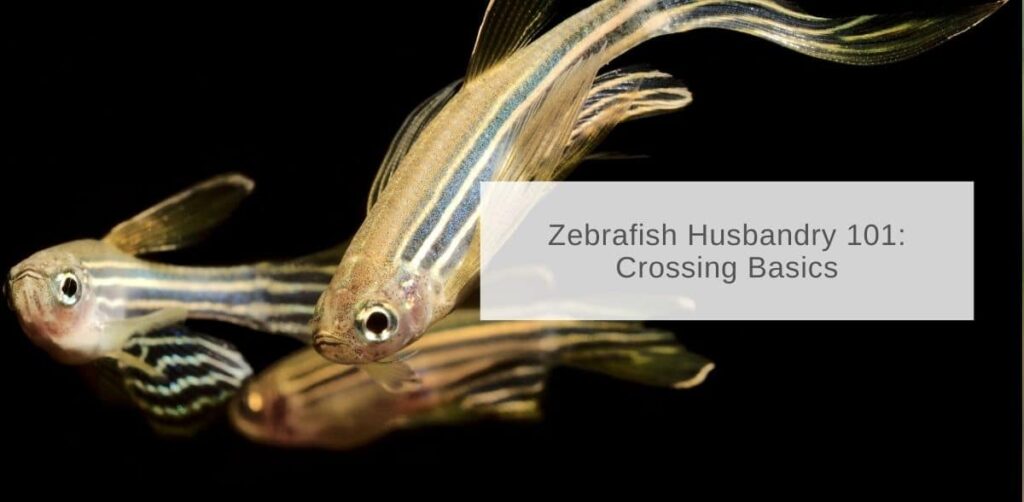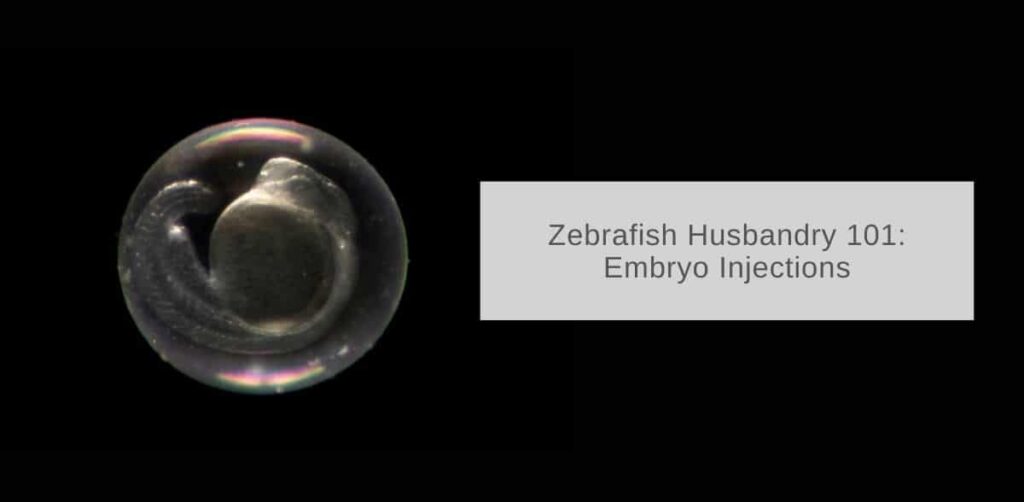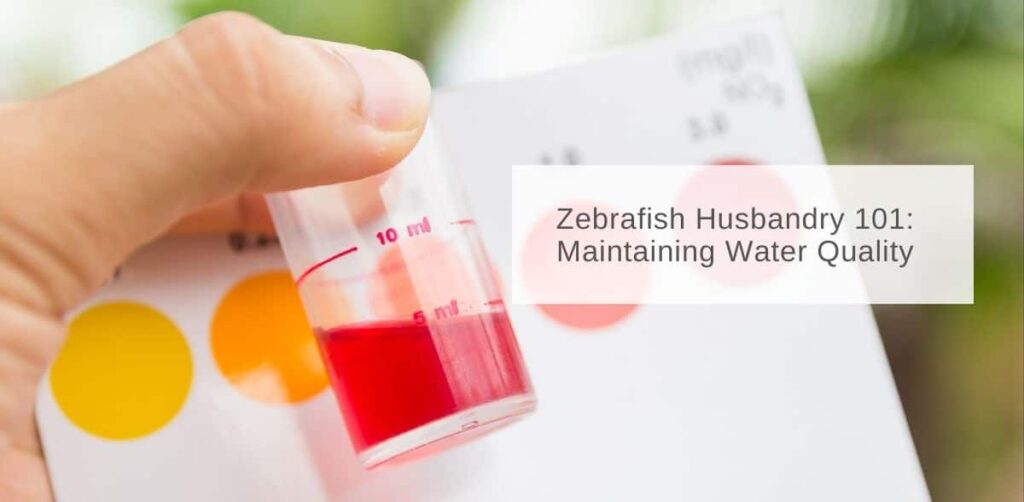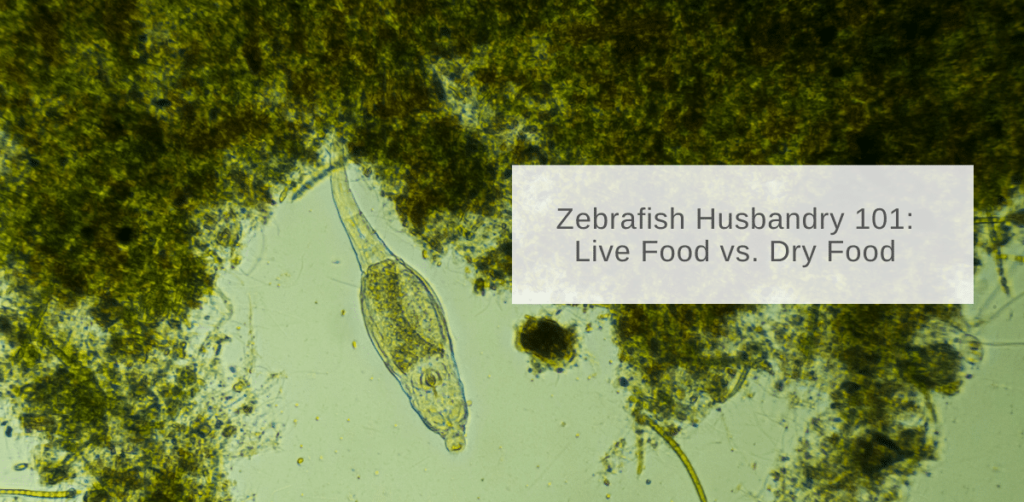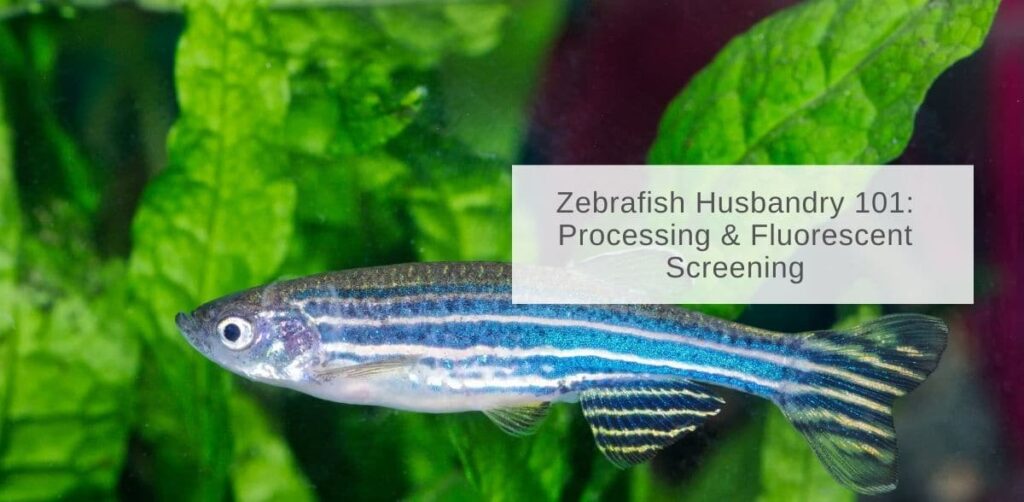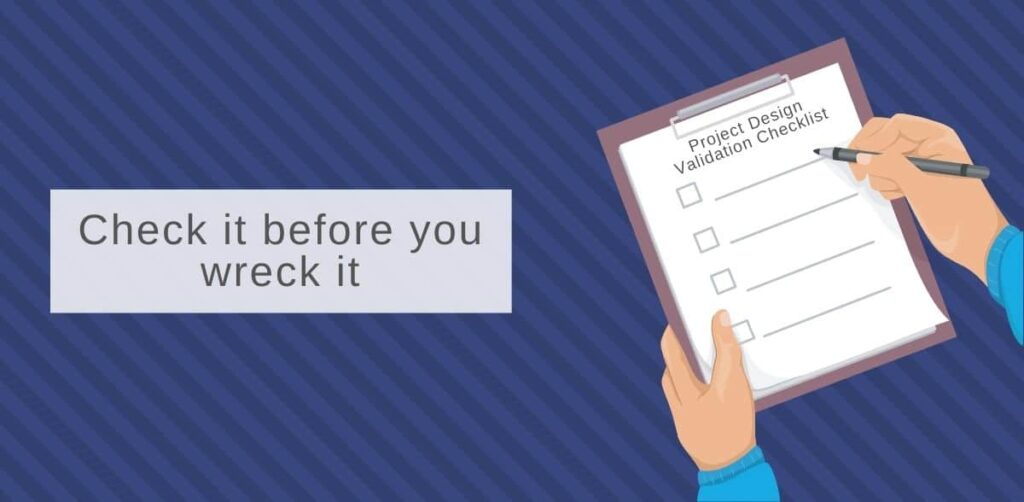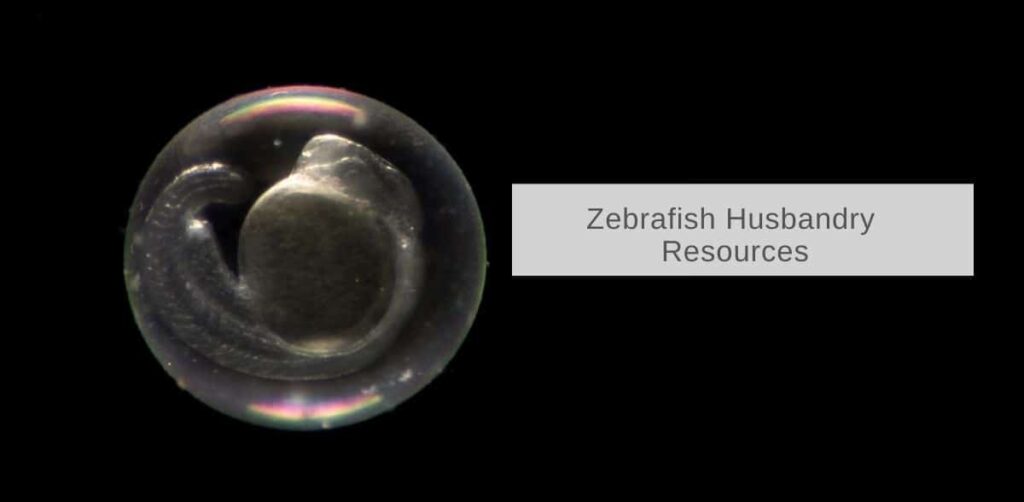InVivo Biosystems Blog

How do we use Machine Learning to Automatically Measure C.elegans Lifespan?
By:
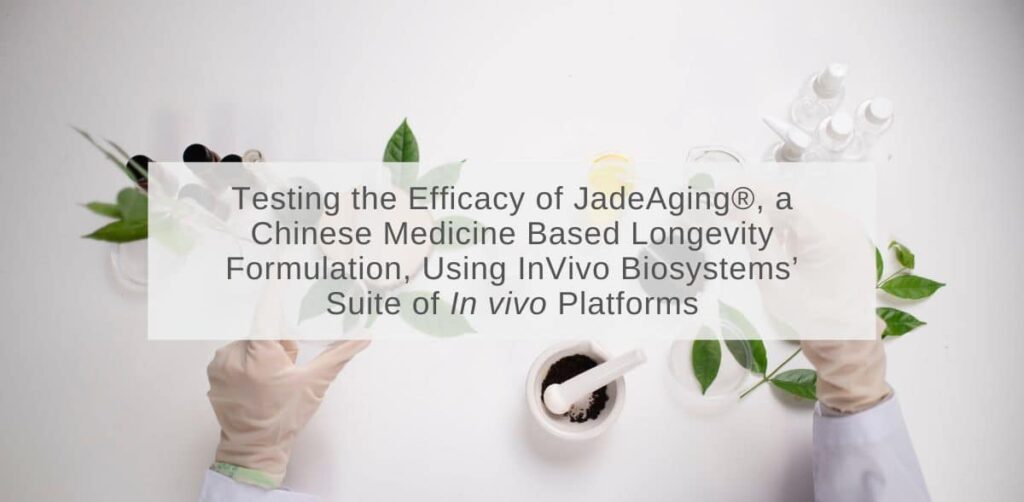
Testing the efficacy of JadeAging®, a Chinese Medicine based longevity formulation, using InVivo Biosystems’ suite of in vivo platforms
By:

Temperature & C. elegans Part Two: How does Temperature affect development?

The Benefits of Standardizing Zebrafish Diets
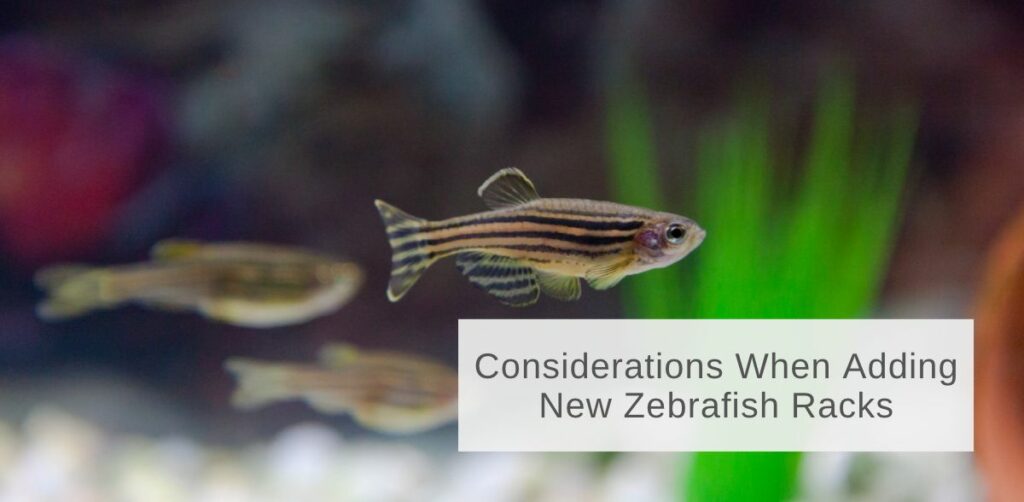
Considerations When Adding New Zebrafish Racks
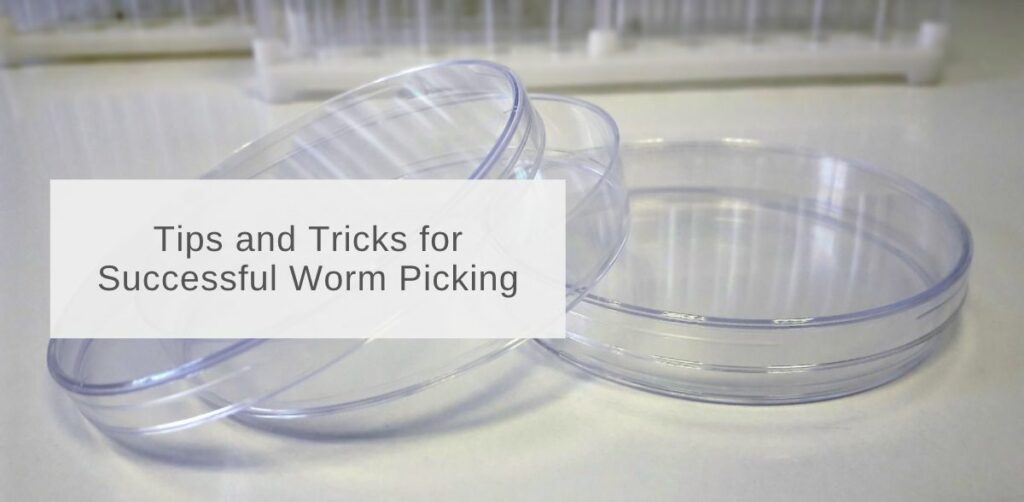
Tips and Tricks for Successful Worm Picking
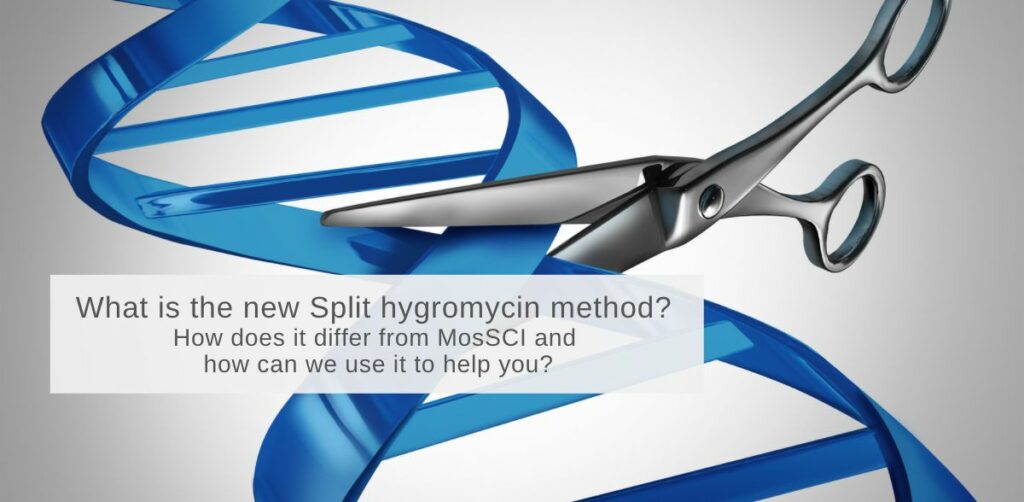
What is the new Split hygromycin method? How does it differ from MosSCI? How can we use it to help you?
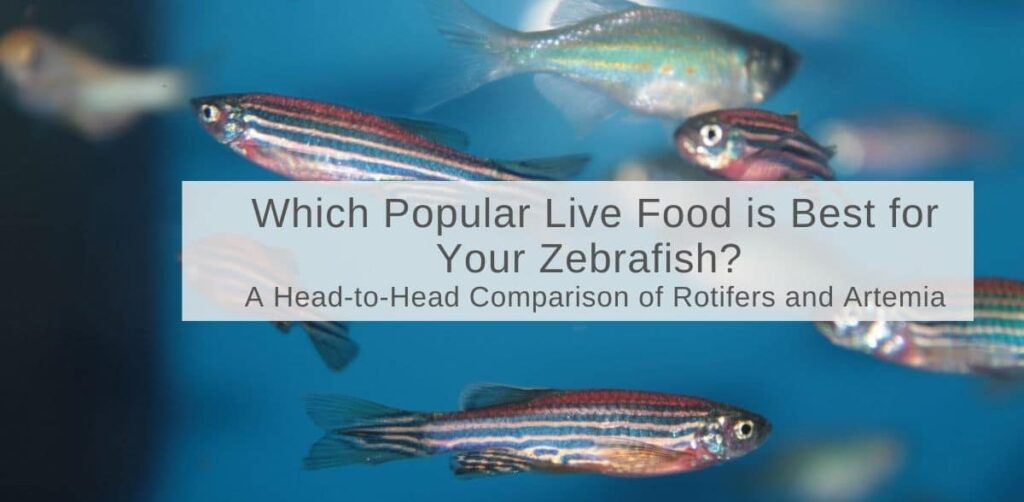
Which Popular Live Food is Best for Your Zebrafish? A Head-to-Head Comparison of Rotifers and Artemia
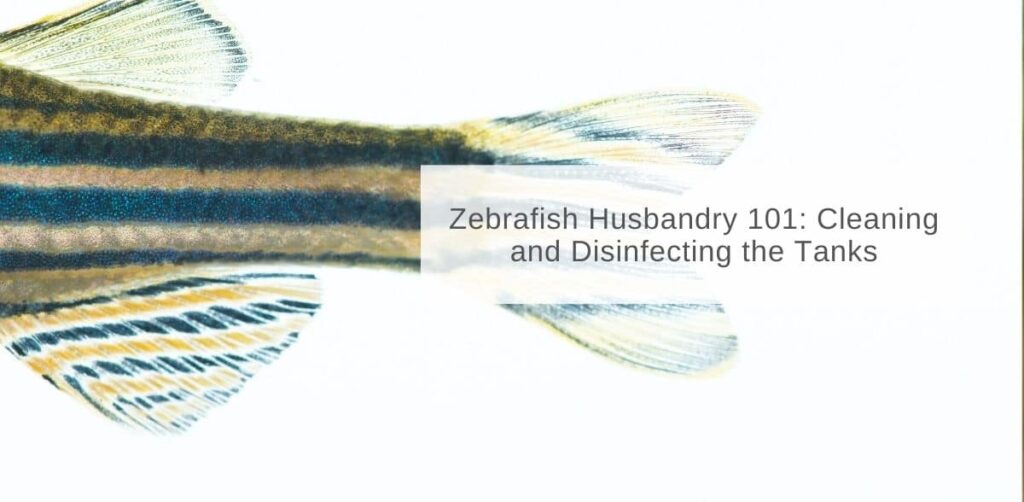
How to Sterilize Fish Tank and Equipment: Cleaning And Disinfecting The Tanks
By:
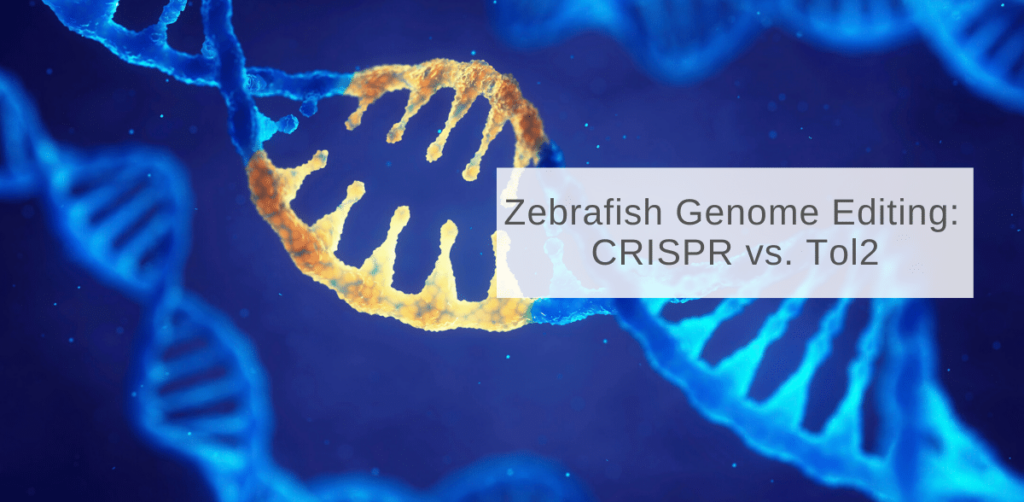
Zebrafish Genome Editing: CRISPR vs. Tol2
By:
One of our scientists compares two popular genome editing tools, CRISPR and Tol2 to better understand the pros and cons of each technology
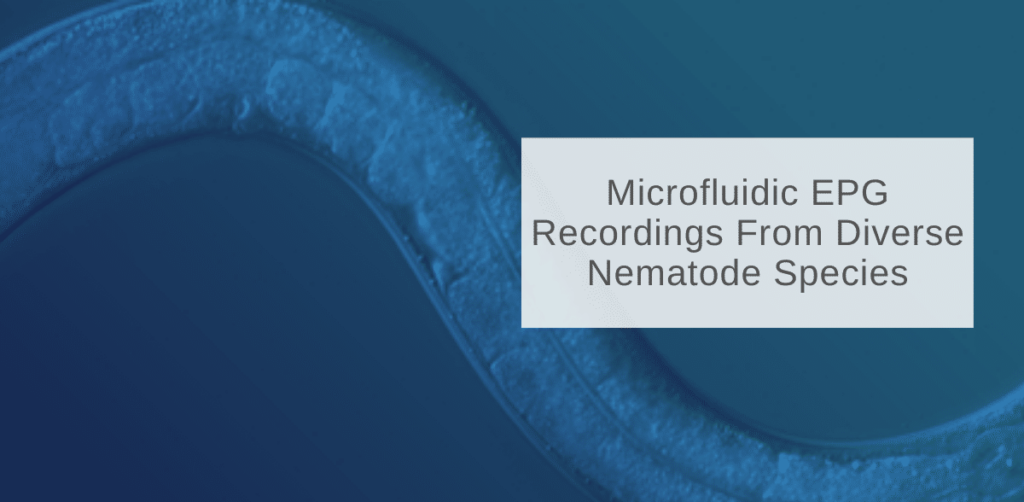
Microfluidic EPG Recordings From Diverse Nematode Species
By:
The InVivo Biosystem ScreenChip platform was developed for C. elegans, which is a free-living (non-parasitic) species that feeds on bacteria and has both hermaphroditic and
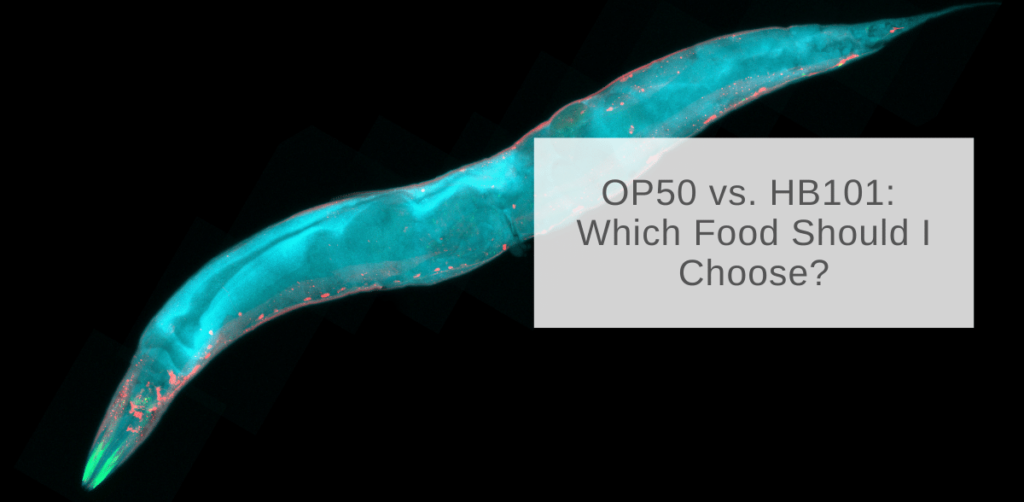
OP50 Vs. HB101: Which Food Should I Choose?
By:
Nematode worms such as Caenorhabditis elegans feed on bacteria as a food source. In the wild, C. elegans obtain various bacteria from rotting plants, fruit,
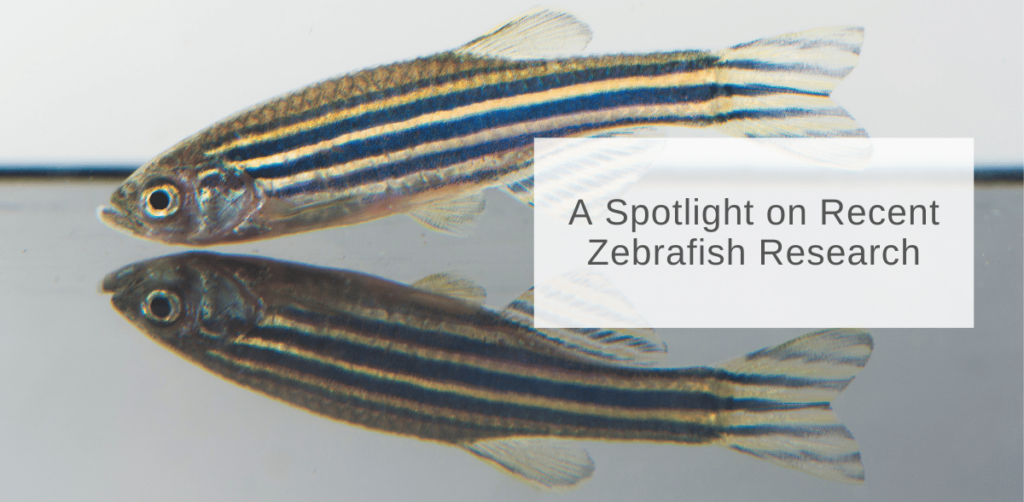
A Spotlight on Recent Zebrafish Research
By:
We’ve compiled some of the most recent informative and influential research being done using the zebrafish model
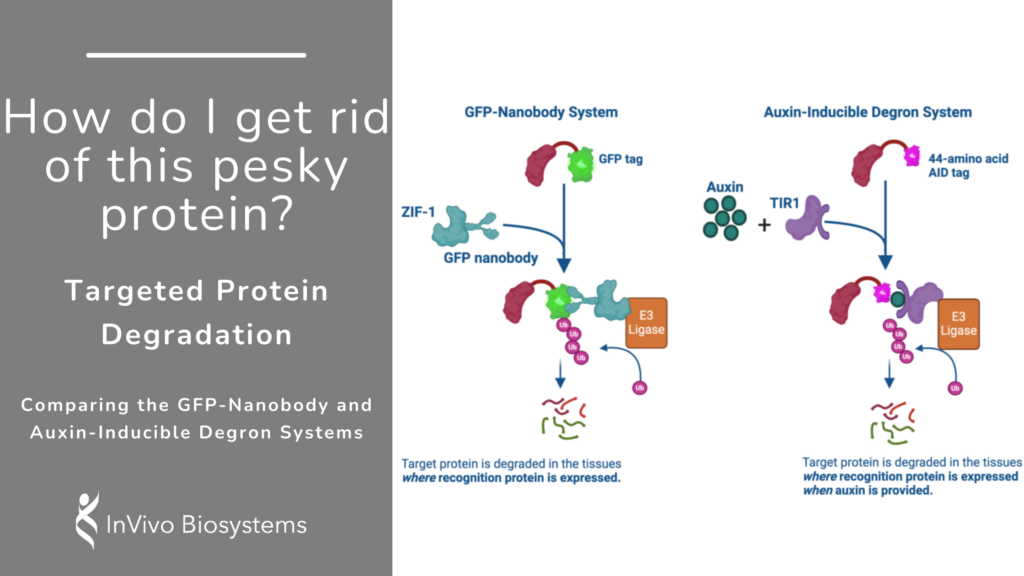
How do I get rid of this pesky protein? The Hows and Whys of Protein Degradation
By:
Being able to understand how a protein acts in specific tissues and times can be key for the general understanding of a protein’s function.
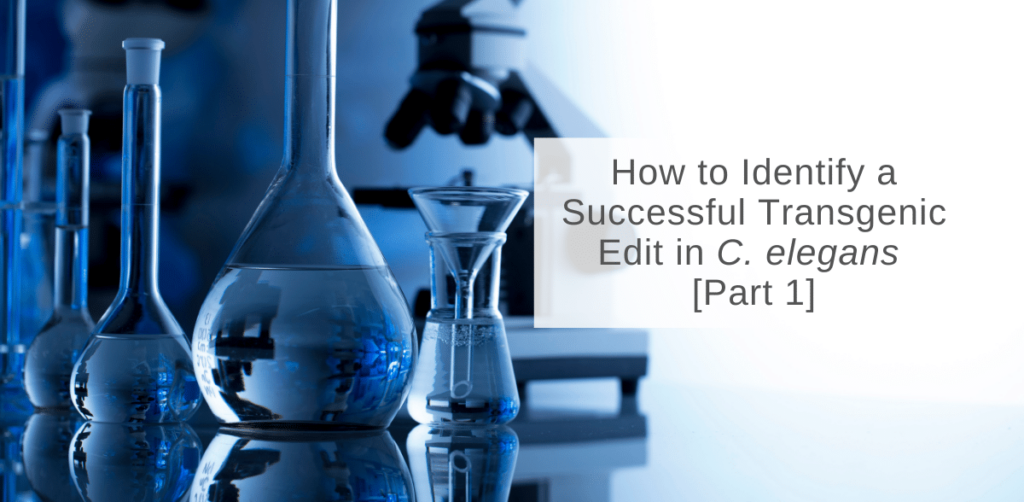
How to identify a successful transgenic edit in C. elegans Part 1
By:
In this blog, we will discuss key factors to consider when choosing a screening method, introduce various editing techniques, and discuss the pros & cons
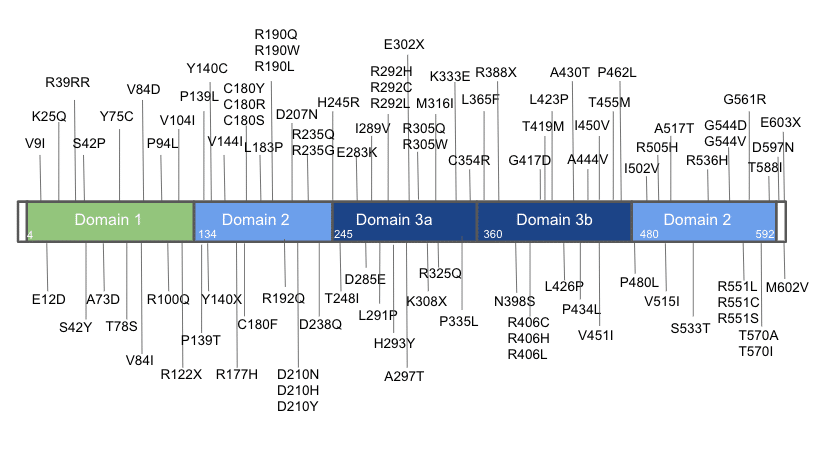
90 Mutations with 1 Gene: Functional Analysis of Variants Using C. elegans
We created over 90 point mutations in the STXBP1 gene via CRISPR. A map of these point mutations can be seen above. Clinical variants
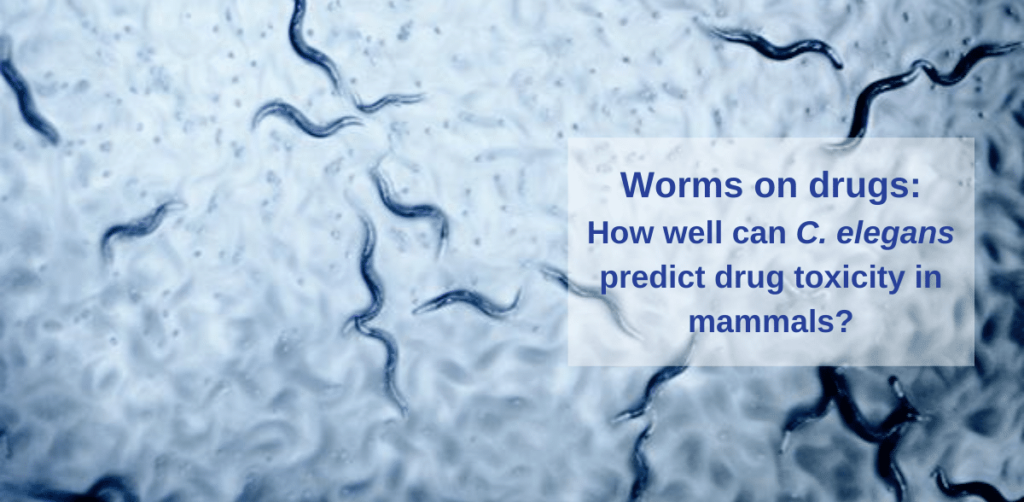
Worms on drugs: How well can C. elegans predict drug toxicity in mammals?
By:
One can kill nematodes by feeding them any number of noxious chemicals, but how effectively can worms predict potential human toxicity of drug leads?

Fluorescent Tagging Capability Demonstration
By:
At InVivo Biosystems, we have been working with fluorescent tags in C. elegans for over five years, and we have made over 600 fluorescent transgenic lines.
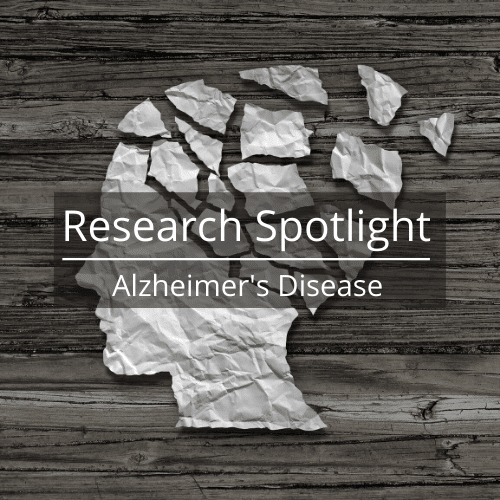
Research Spotlight: Alzheimer’s Disease
By:
June is Alzheimer’s & Brain Awareness Month. We wanted to take a few moments to spotlight some of the awe-inspiring research on Alzheimer’s disease taking
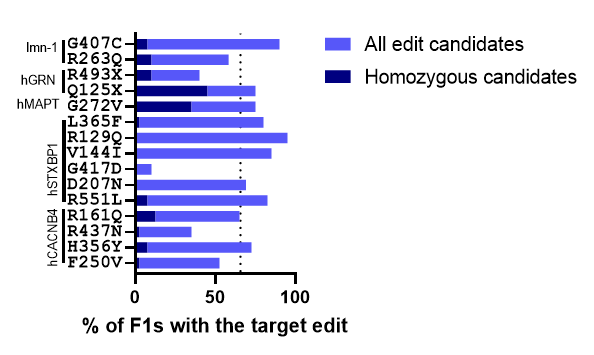
We Used CRISPR To Make 15 Point Mutations In 5 Genes. Here’s What We Learned.
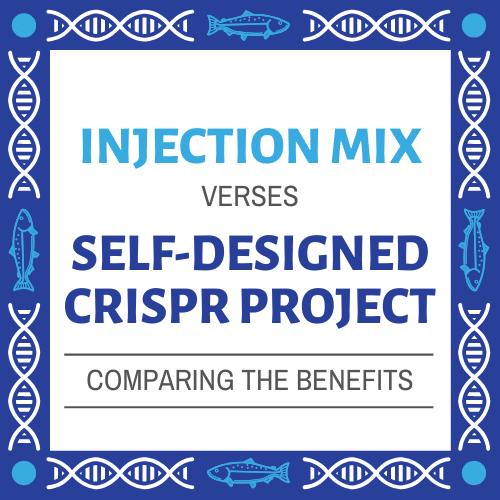
Zebrafish Injection Mix: Buy verses DIY, what are the real costs? [Infographic]
By:
Make sure you understand all of the costs associated with DIY-ing a zebrafish CRISPR project verses outsourcing it to a team with years of experience.
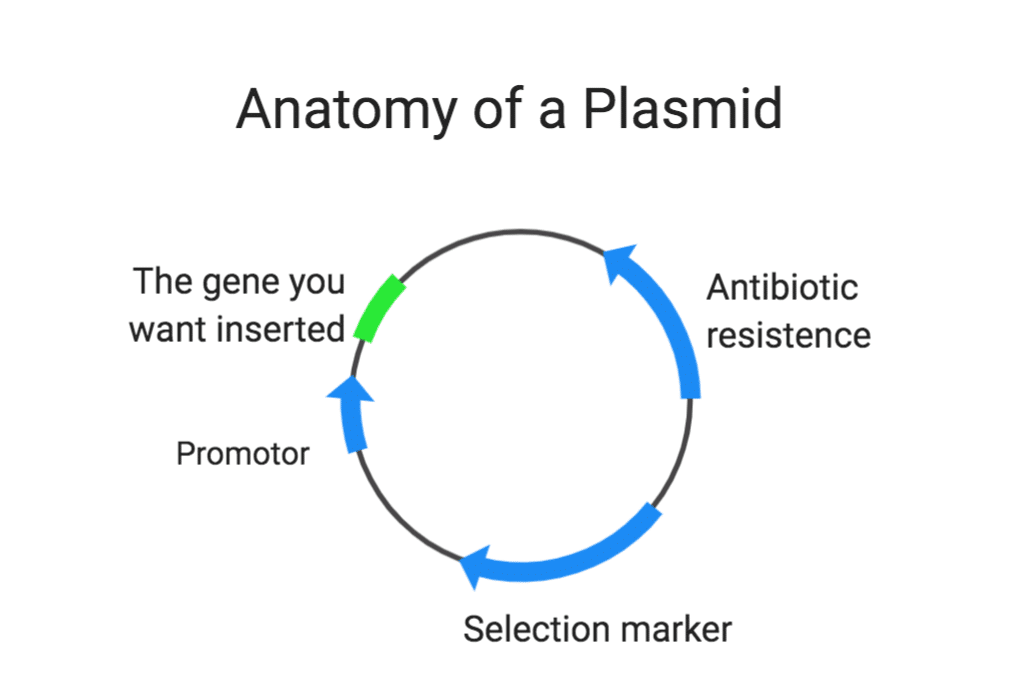
Why Validating Your Plasmids is Key to a Successful Transgenic, and How You Can Do It Too.
By:
Plasmids are a key tool in molecular biology. These circular pieces of DNA, also called “vectors” or “constructs”, can be engineered to contain large made-to-order
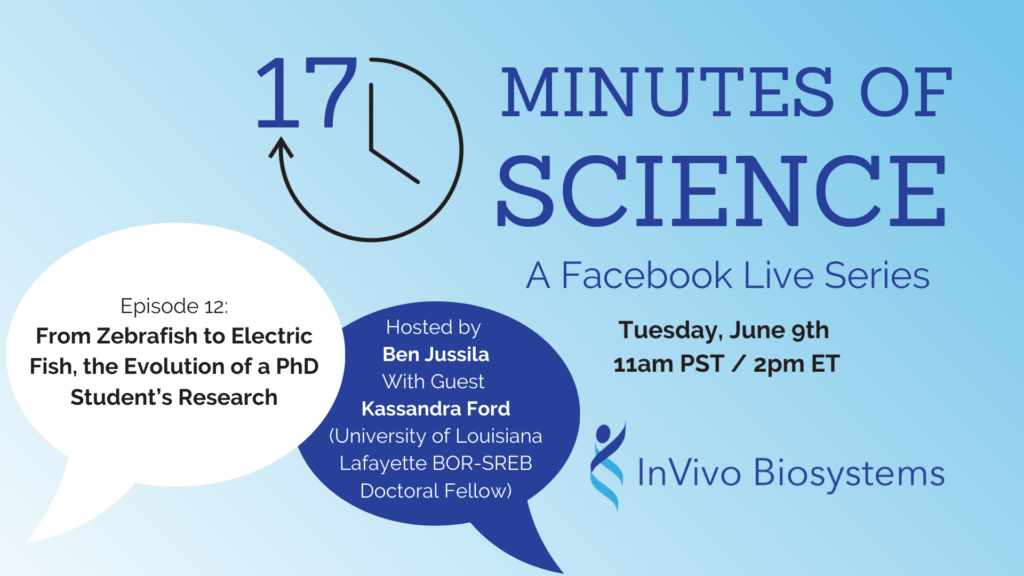
Seventeen Minutes of Science: From Zebrafish to Electric Fish, the Evolution of a PhD Student’s Research
By:
Tune in weekly to our virtual series “Seventeen Minutes of Science” every Tuesday at 11am PST / 2pm ET where we go live on Facebook
5 Simple Steps to Improve Your Injection Success
By:
We do injections everyday. While we’ve gotten pretty good at them, they don’t always go as planned. What does it mean if an injection has
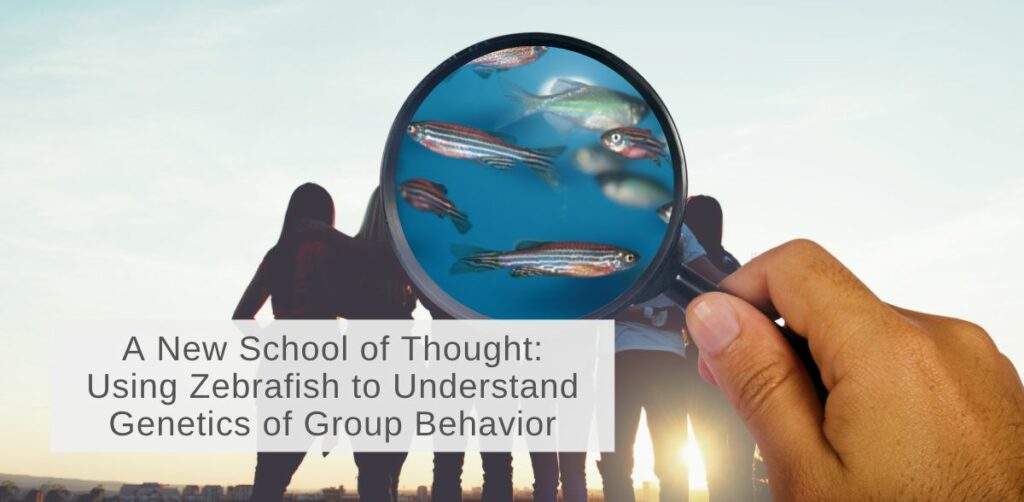
A New School of Thought: Using Zebrafish to Understand Genetics of Group Behavior
By:
As we all spend time isolating ourselves for social distancing purposes, group behavior is on the forefront of our minds in new and unforeseen ways.
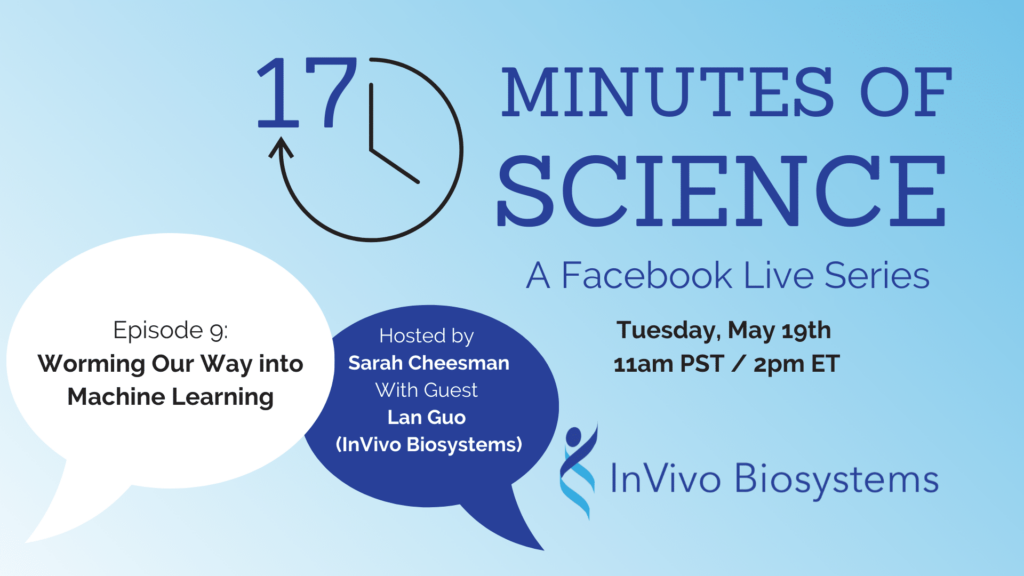
Seventeen Minutes of Science: Worming our way into Machine Learning (Episode 9)
By:
Stuck at home with nothing to do during this quarantine? Restless to still be learning and interacting with other scientists? You’re in luck! You can
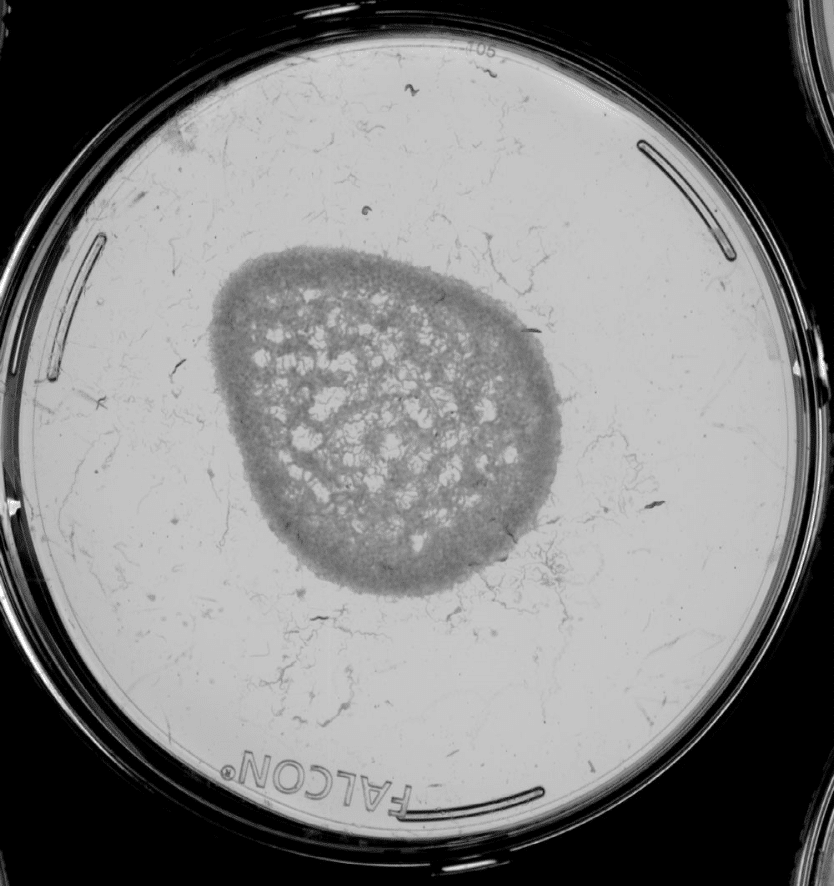
When Details Matter: Bacterial Inactivation in Compound Associated Longevity Testing
By:
One of our lab techs gives us an inside look at the development process of our automated Lifespan Analysis Platform and the importance of UV-inactivated
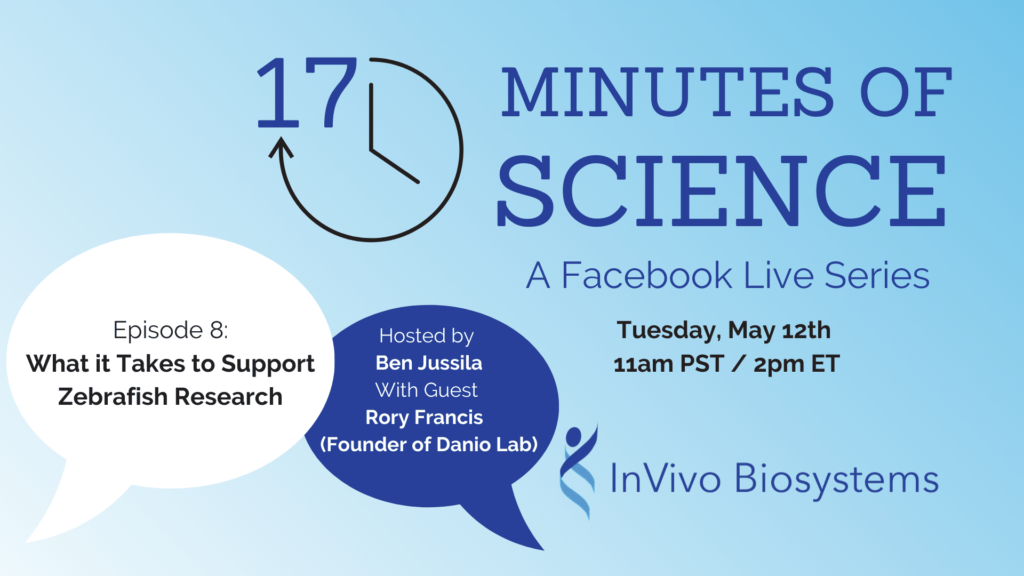
Seventeen Minutes of Science: What it Takes to Support Zebrafish Research (Episode 8)
By:
Stuck at home with nothing to do during this quarantine? Restless to still be learning and interacting with other scientists? You’re in luck! You can
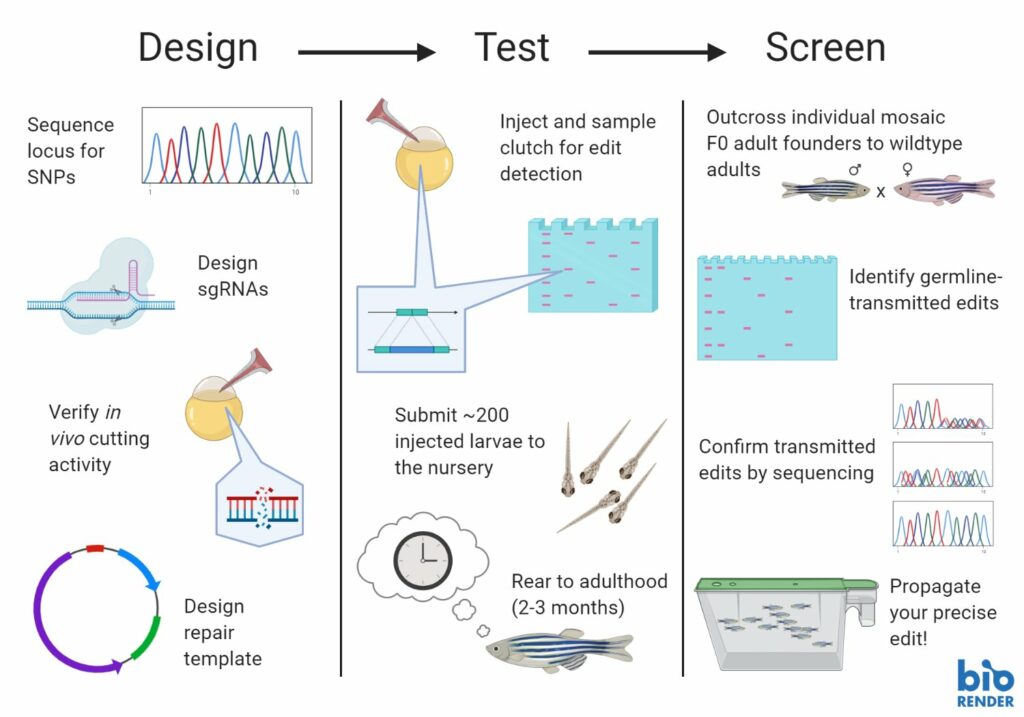
11 Steps to a Successful CRISPR Knock-in
By:
Knock-ins are hard, for a long time people even said they were impossible, but we are nearing an 80% success rate for CRISPR knock-ins in
[Webinar] A Shortcut To Understanding Longevity: A Rapid In Vivo Analysis Of A Compound’s Effect On Health And Aging
By:
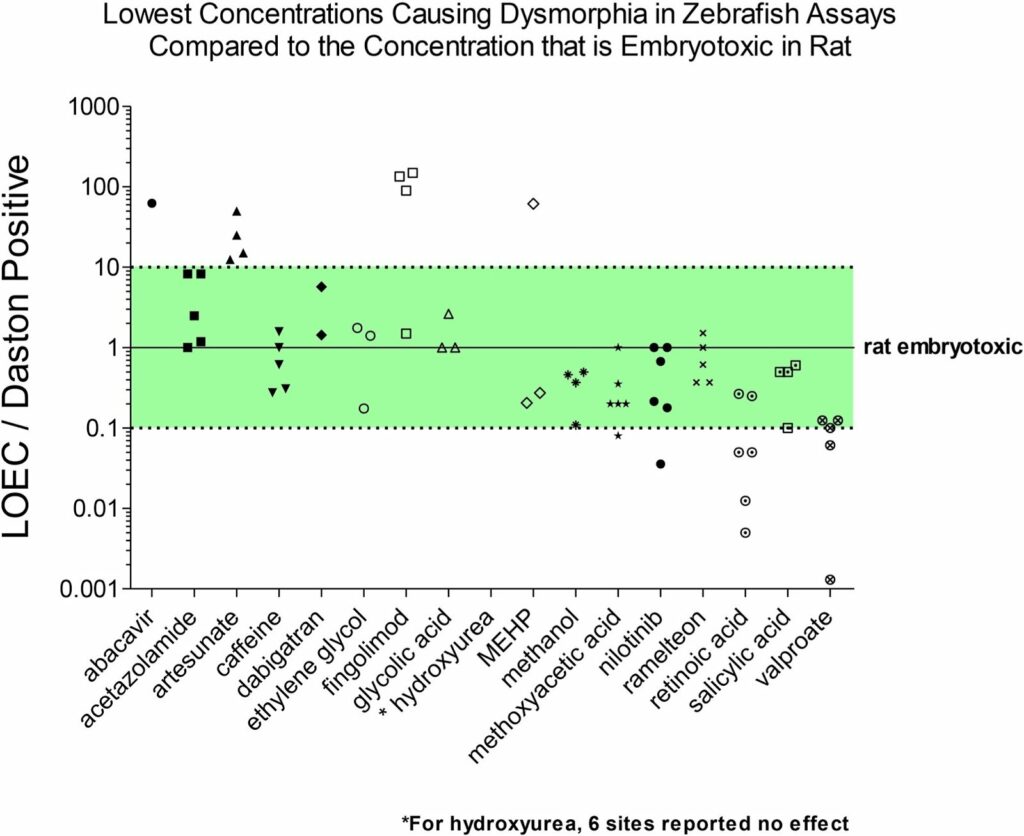
Zebrafish Acute Toxicity Study Demonstrates Concordance With Rat Fetal Embryotoxicity
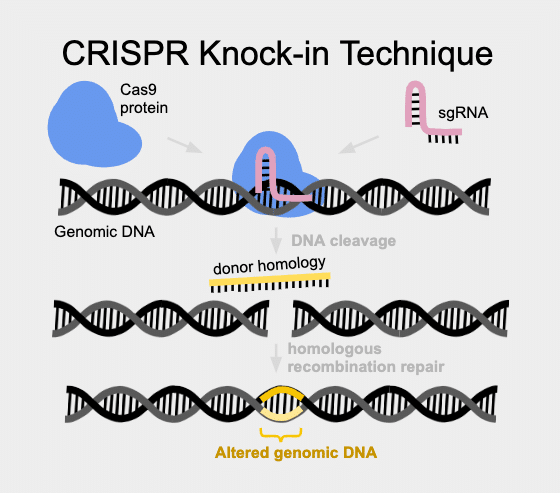
The Challenge of Getting CRISPR-based Knock-ins to Work in Zebrafish
We take a look into why so many zebrafish groups struggle to achieve knock-in transgenesis and what makes knock-ins so difficult.
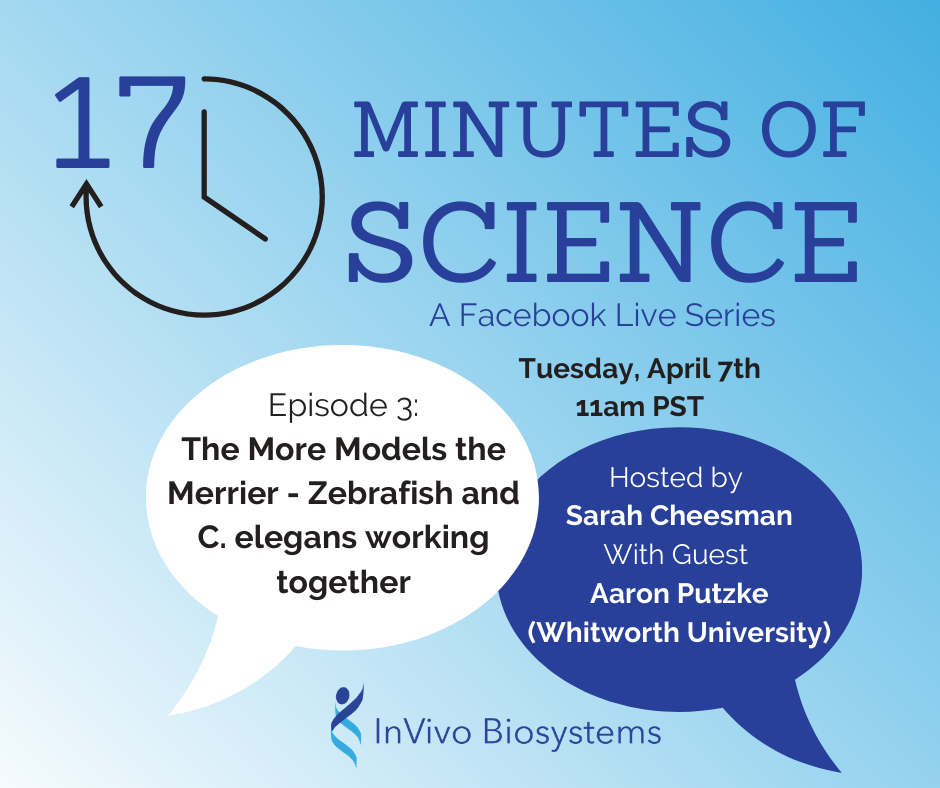
Seventeen Minutes of Science: The More Models the Merrier – Zebrafish & C. elegans Working Together (Episode 3)
By:

Seventeen Minutes of Science: Ben Loves Zebrafish & CRISPR (Episode 1)
By:

To truly validate your sgRNAs, go In Vivo
By:
CRISPR/Cas9 gene editing for Zebrafish is a rapidly growing molecular biology toolset with diverse applications, but is not without its technological barriers. Reagent sourcing, design
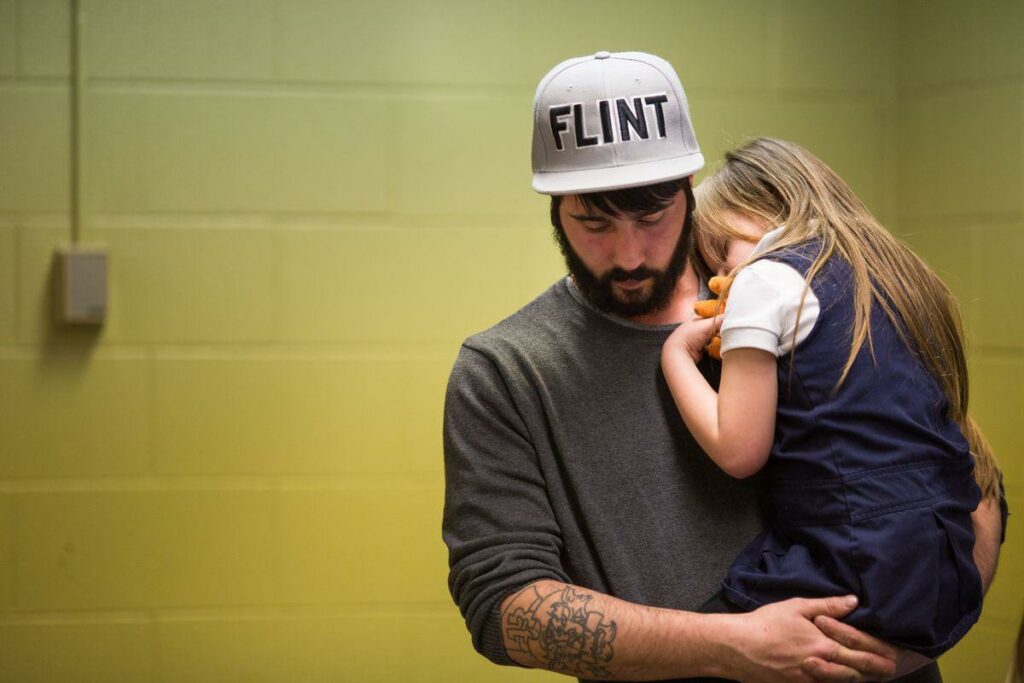
Where the Lead Leads: Seeking Mechanisms of Action in C. elegans for Neurotoxic Effects of Lead
By:
Neurotoxin exposure is implicated in the etiology of neurodegenerative diseases including Parkinson’s disease, Alzheimer’s disease and ALS (amyotrophic lateral sclerosis). Traditionally, vertebrate animals such as

Featured Scientist: Ben Jussila (NemaMetrix)
By:
Ben Jussila graduated from the University of Minnesota (Twin Cities/Minneapolis) with a major in Genetics, Cell Biology & Development. Ben is currently an R&D Scientist

The Evolution of Drug Resistance; an Issue of “When, not if”
By:
Drug resistance in many pathogens — viruses, bacteria, protozoa, parasitic worms and more — presents a growing and potentially catastrophic challenge to human and animal
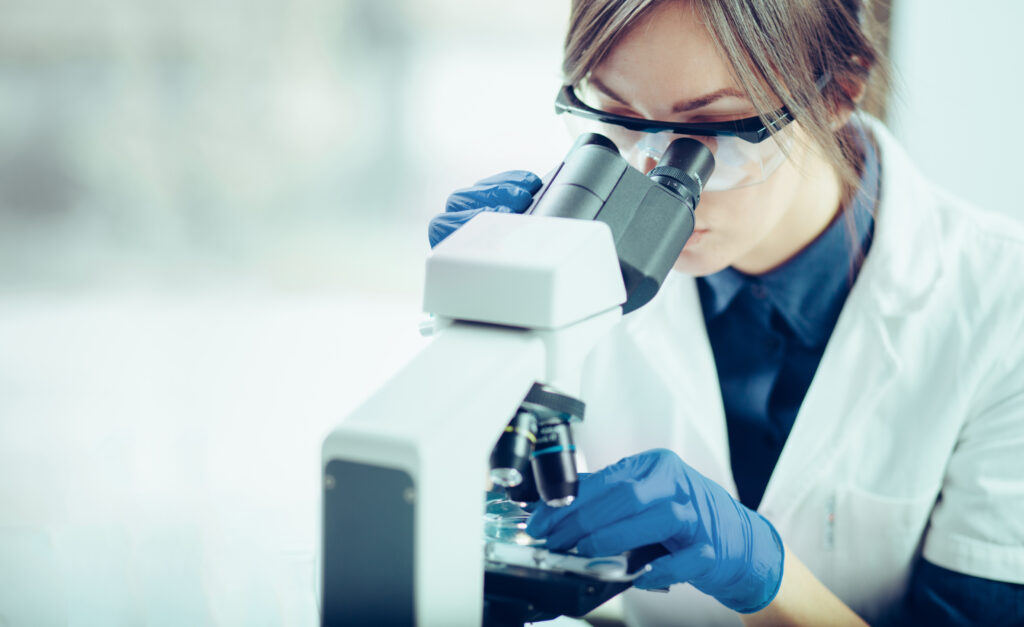
Total Domination – Uncovering the Phenomenon of 1:2 Dominant vs Recessive ratio for Variation in the Genome
By:
Our CSO revisits his Veritas Genomic Sequencing report for a closer look at how significant some of the discovered variants are

Article Review: The Caenorhabditis elegans Transgenic Toolbox
By:
We reviewed a recent article that discusses the best techniques available for C. elegans transgenics, as well as experimental concerns that should be considered.
C. elegans New Lab Checklist
By:
Are you starting a new C. elegans lab and feeling overwhelmed with starting from scratch? We want to help make this process as smooth as
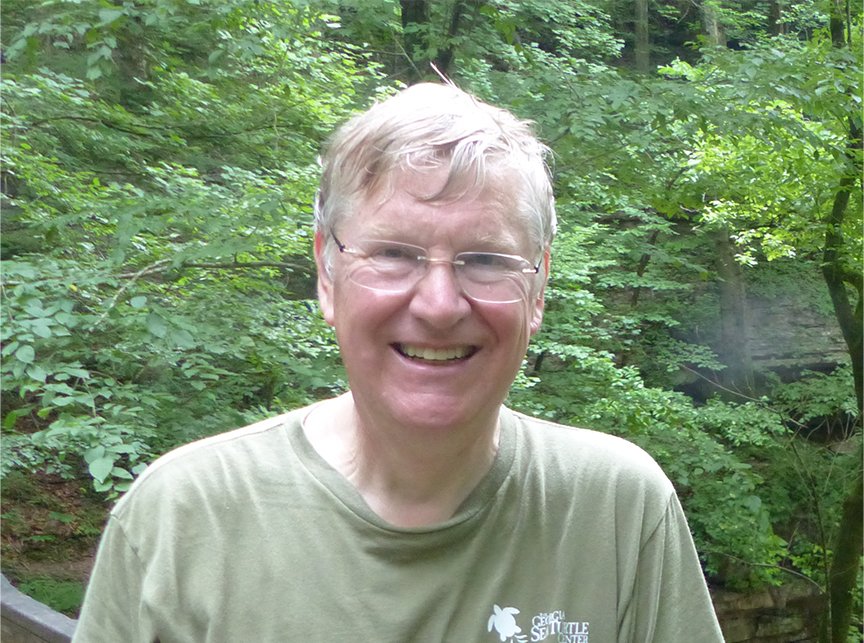
Featured Scientist: Adrian Wolstenholme (University of Georgia)
By:
Dr. Adrian Wolstenholme graduated from the University of London with a BSc in Biochemistry and has since spent almost 43 years working in the lab.

Conditional mutagenesis by loxP insertion in zebrafish – outfoxing the unfloxable
By:
CRISPR/Cas9-mediated integration of loxP sequences for conditional mutagenesis in zebrafish has recently made its way into the toolkit of zebrafish researchers. In particular, CRISPR/Cas9 mutagenesis
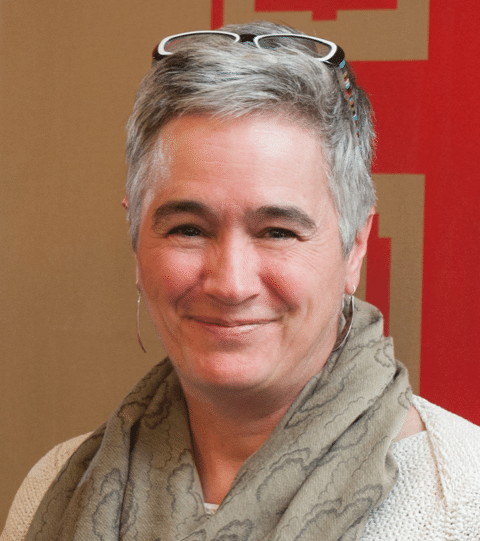
Featured Scientist: Anne Hart (Brown University)
By:
Anne Hart’s research focuses on fundamental problems in neuroscience using tools available in the nematode C. elegans. She received her Ph.D. in Neuroscience from UCLA,
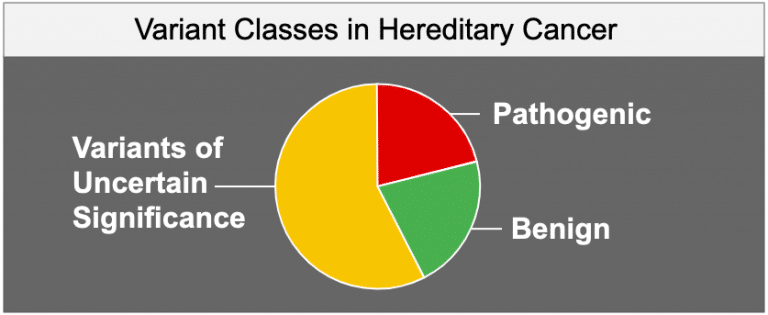
The Unnecessary Procedure – A Problem with False Positives in Genomic Testing
By:
There is a significant pressure to increase diagnostic yield and it has its consequences. BRCA testing is probably the most developed ecosystem for genetic tests
Using C. elegans to study parasitism
By:
C. elegans is one of the most powerful model organisms and has been used to unravel several key genetic pathways. The C. elegans nematode has been used
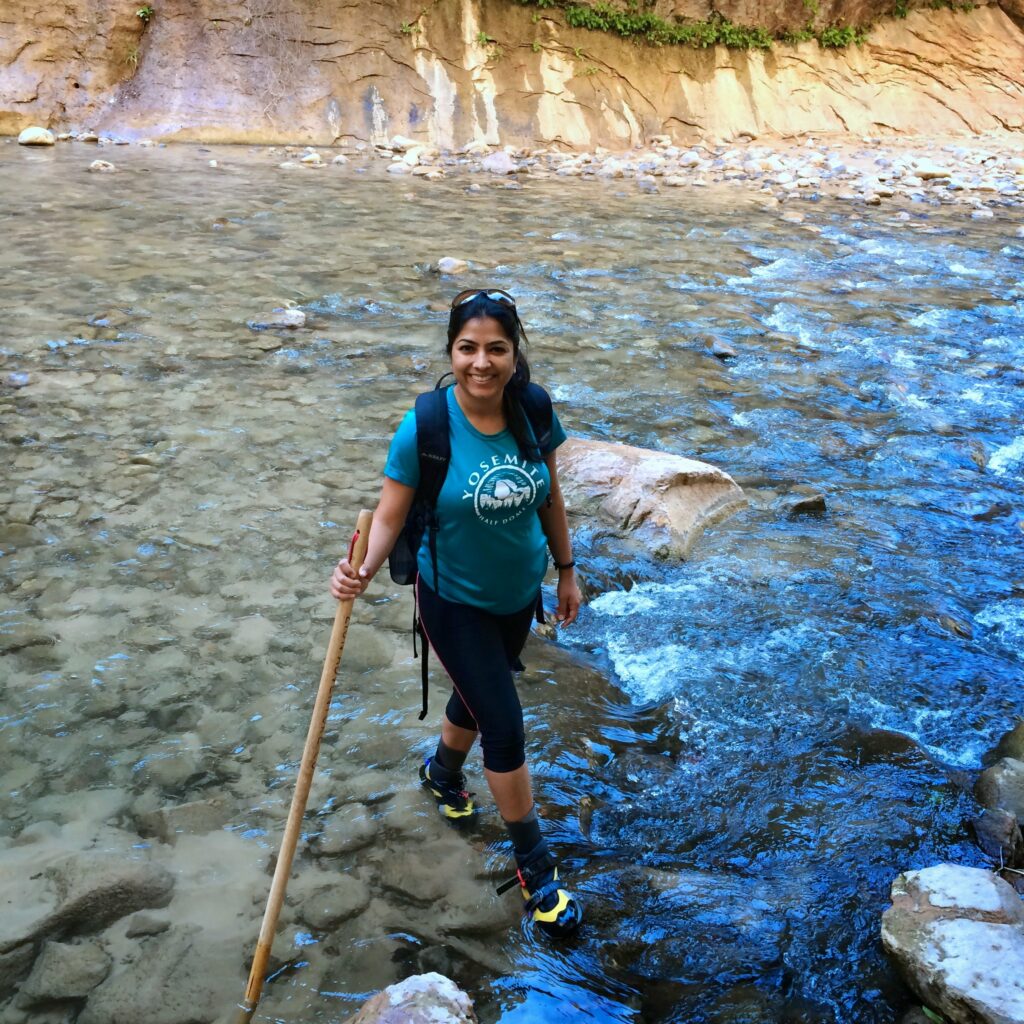
Featured Scientist: Sangeetha Iyer (Perlara PBC)
By:
Sangeetha Iyer is the director of preclinical development at Perlara. In her work, she is interested in demonstrating that nematodes can be used as model
A New Era of Transgenics in Parasitic Nematodes
By:
One of the most commonly known nematodes in the scientific community is Caenorhabditis elegans. Ever since Sydney Brenner introduced it as a model organism to
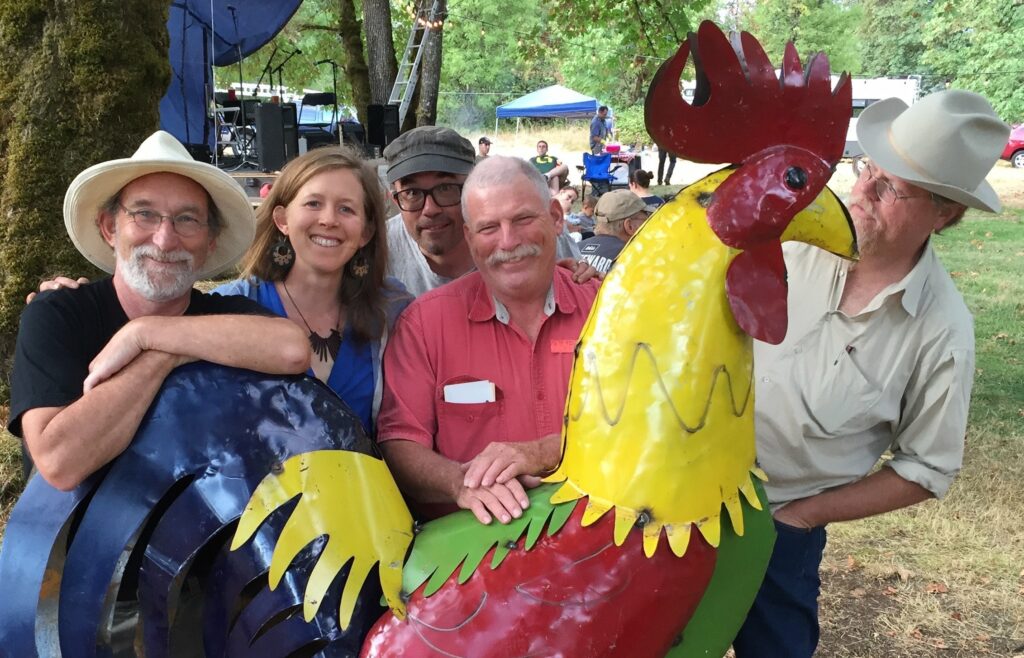
Featured Scientist: Shawn Lockery (University of Oregon, NemaMetrix)
By:
My academic research at the University of Oregon concerns the neuronal basis of behavior in one of the smallest brains known to science,
CRISPR/Cas9 off target effects: Hyperactive cutting or media hype?
By:
There has been a lot of media coverage in recent months surrounding CRISPR/Cas9 and the potentially life changing impact the gene-editing technology could have. More
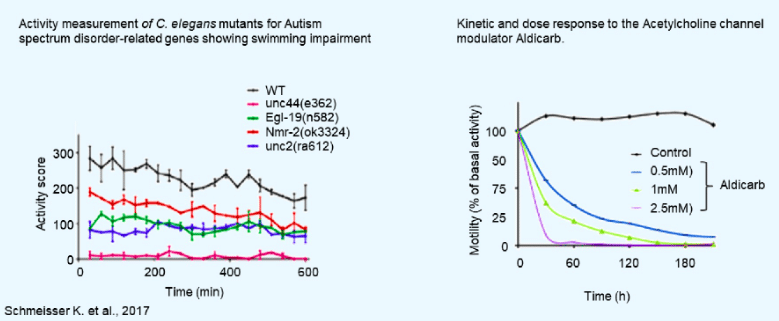
wMicroTracker Applications: Mutant and Toxicity Screening
By:
The wMicroTracker is an essential tool to add to your mutant and toxicity screening work. Check out the application sheet below to see how easy
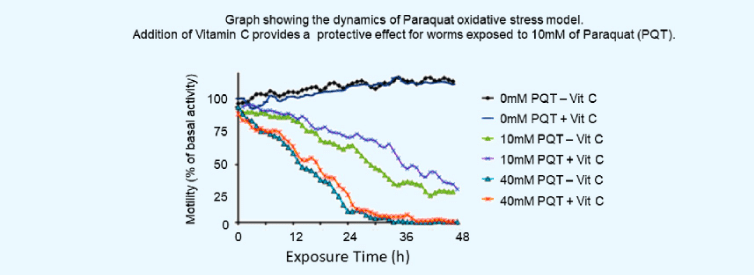
wMicroTracker Applications: Oxidative Stress Assays
By:
The wMicroTracker is an essential tool to add to your oxidative stress assays. Check out the application sheet below to see how easy it is
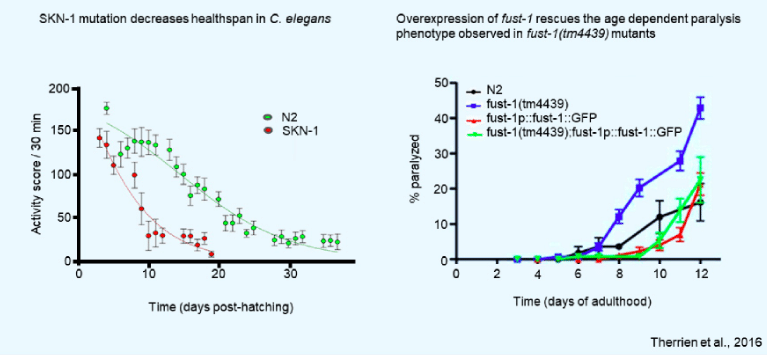
wMicroTracker Applications: Aging and Healthspan
By:
The wMicroTracker is a great product to add to your work around aging and healthpsan. Check out the application sheet below to see how easy
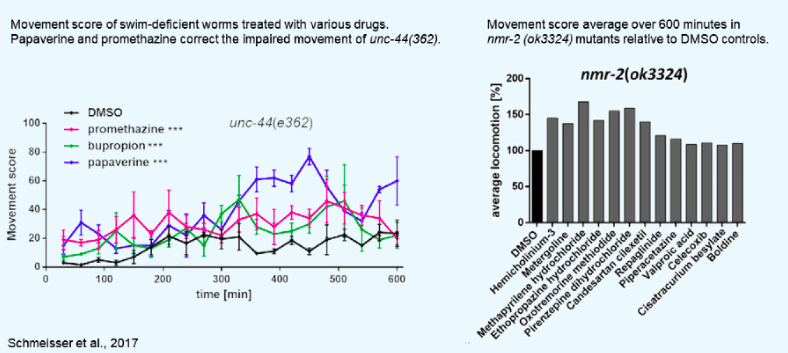
wMicroTracker Applications: Drug Screening
By:
The wMicroTracker is a great product to add to your drug screening toolkit. Check out the application sheet below to see how easy it is

Insertion of two loxP sites to produce a knockout (KO) of an embryonic lethal gene
By:
A client wanted a knockout (KO) of an embryonic lethal gene. We could not make this line using our standard methods. Instead, we inserted two
Analyzing Small C. elegans Populations with the wMicroTracker
By:
Most experiments are based on population analysis. However, some researchers are interested in the study of a single individual. In wMicrotracker it is possible to
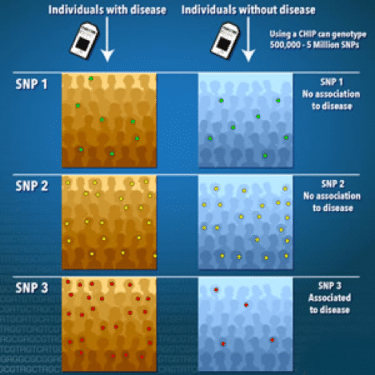
Genome wide associations and the nematode pharynx: ever the twain shall meet
Question: What might you get if you cross the feeding organ of a roundworm with a genome wide association study? Answer: A cornucopia of novel

C. elegans in cancer research
By:
In recent years, the nematode C. elegans has emerged as a model for systematic dissection of the molecular basis of tumorigenesis. Many cancer genes and
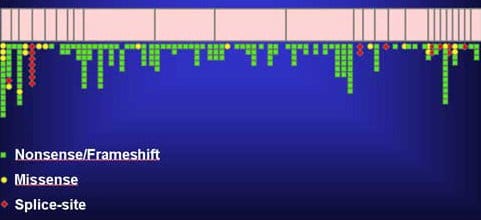
Deciphering Breast Cancer with C. elegans – A Case Study
By:
In recent years, the nematode C. elegans has emerged as a model for systematic dissection of the molecular basis of tumorigenesis. Many cancer genes and
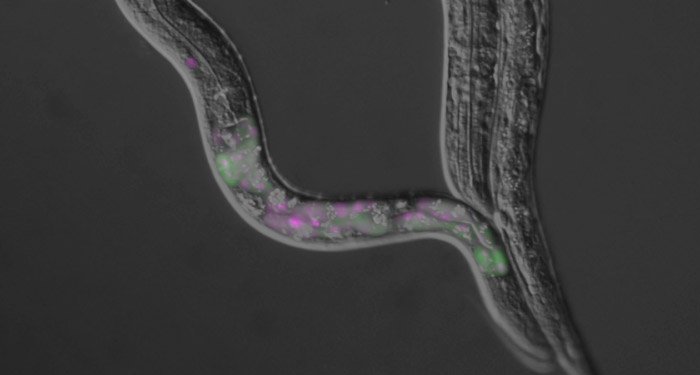
Caenorhabditis elegans: An Emerging Model Organism
By:
Great article that highlights some of the strengths of C. elegansfor investigating higher level processes beyond what can be easily studied using cell culture. In
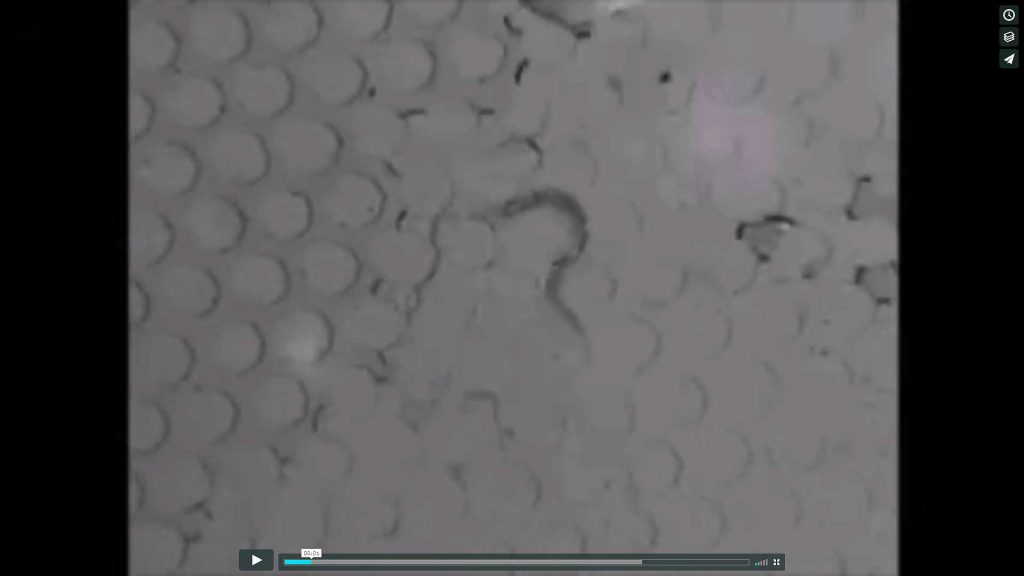
Microfluidics versus habitat: what’s a worm to do?
Recent improvements in our knowledge of the natural environment of C. elegans should make us cautious about the conclusions we draw from observations of worm
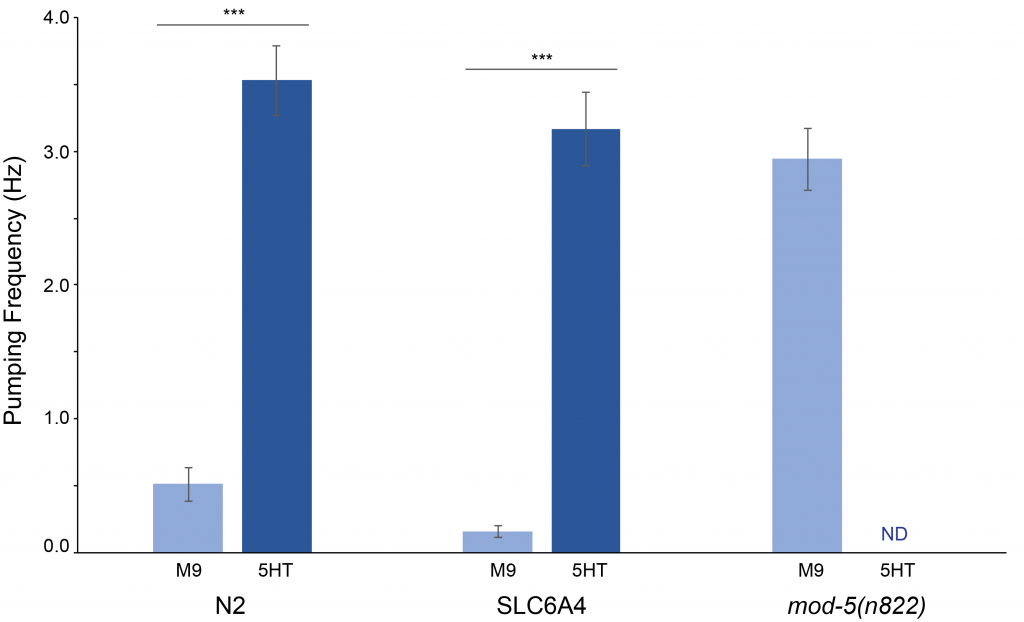
A new way to study the serotonin pathway using C. elegans
By:
Serotonin is well known for being important in the regulation of people’s mood. We found that we can model the serotonin biochemical pathway using
Load More

